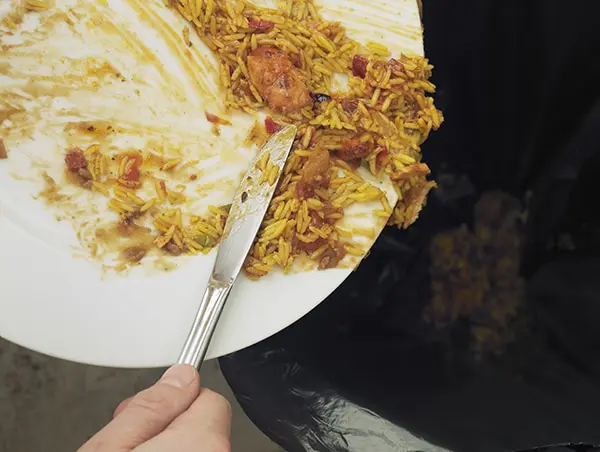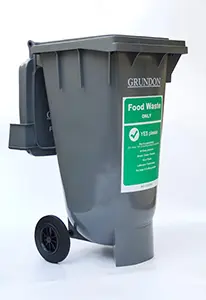With food waste increasingly in the spotlight, we’re investing over £1 million in expanding our dedicated food waste collection service and calling for the hospitality and retail sectors to cut the amount of food thrown away.
We believe that by introducing the principles of “lean manufacturing” many food outlets such as pubs, clubs, restaurants, hotels and canteens could dramatically reduce wastage and improve their bottom line.

Neil Grundon explains: “We’re appealing to buyers, owners and managers to become smarter about the way they deal with food and not to think of it as a disposable commodity.
“Many other industries have had to streamline production lines to reduce costs and we would like to see the hospitality trade following suit. Traditionally, they are scrupulous about knowing how many customers they are serving and what their purchasing costs are, but when it comes to what they throw away the numbers are much less exact.
“By measuring output as well as input, they could find out just how much they are wasting – and that’s money as well as food. It’s much cheaper to reduce wastage at source than it is to pay for it to be taken away.”
At Grundon, we’re advocating what we call the 3D system – Discount, Distribute and Dispose. We believe the only items to go into food waste should either be returned meals, out-of-date food (which is down to poor purchasing and stock control), or spoilt food, for example, if there has been a fridge or freezer failure.
We’d like to see senior managers making food waste a priority and taking it on as an extension of their stock control responsibilities. A kitchen bin can hide a multitude of sins and, in our view, by not regulating what goes into it, businesses are missing out on essential information that can help them plan better for the future.

New 120 litre food waste bin
To help get that message across, we’re introducing new 120 litre food waste bins which, unlike the current 240 litre bins, are designed for in-kitchen use, ensuring there’s no excuse for monitoring what goes into them.
Lighter and easier to manoeuvre, these can be easily weighed at the point of collection and as the scheme expands, we will be offering a bin exchange scheme, ensuring when we take away a full bin, you have a fully sanitised clean bin to go straight into the kitchen.
The new bins are being rolled out across our customer region – from Gloucestershire, through the Thames Valley and into West London – over the next 18 months.
If you would like to take advantage of the new service, talk to your account manager and, if the new bins are currently unavailable in your area, we will make sure you are on the waiting list.
Key benefits of our new food waste service
- New 120 litre bins
- Designed to fit under-the-counter in food preparation areas
- Rounded bottom for easy cleaning and maintaining hygiene
- No bin bags required
- Clip-down non-spill sealed lids for easy disposal of cooking oils and liquids
- Lightweight design reduces potential for manual handling injuries
- Weighing facility ensures simple reporting of food waste tonnage
- New software provides easy monitoring and trend tracking
- Secure design eliminates access to pests e.g. rodent and flies
- Bin exchange service available
What not to dispose of in food waste bins
- Very large bones – small ones are fine
- Plastic or metal cutlery
- Paper napkins and items such as cardboard packaging
